
Just over 98 years ago, the British Egyptologist Howard Carter was responsible for discovering one of the greatest archaeological finds of the last century: the tomb of Pharaoh Tutankhamun in Egypt’s Valley of the Kings.
This marked the beginning of an exploration that continues to intrigue researchers to this day. Within the grand resting place that safeguarded King Tut, numerous artifacts were unearthed, showcasing both the opulence of his reign and the ritualistic practices of that historical era.
With that in mind, let’s delve into 5 intriguing artifacts discovered in Tutankhamun’s tomb. Check them out!
1- Gold Sandals and Toe Protectors
Tutankhamun was buried with items presumed to have been used during his lifetime and intended for his use in the afterlife, according to beliefs of the time.
Among the treasures in the tomb of the boy pharaoh were sandals crafted from solid gold. These served a funerary purpose but likely adorned Tutankhamun’s feet while he was alive.
Moreover, special toe caps, also made of gold, were placed on the king’s toes. These caps were designed to maintain the shape of Tutankhamun’s limbs even after an extended period, ensuring preservation ‘for eternity.’
2- Games
Considering the belief in an afterlife for the pharaoh, it was fitting to entomb him with essential items.
Researchers uncovered various objects such as food, clothing, and weapons that the pharaoh might require, but they also included items for leisure.
Numerous games were found near the sarcophagus, with one particular game being quite popular during that era—Senet.
Senet is an ancient board game originating in Egypt and stands as one of the oldest known board games. Tutankhamun’s tomb contained four Senet sets, ensuring the pharaoh’s eternal entertainment.
3- Boomerang
According to Tarek El Awady, curator of the exhibition “Tutankhamun: Treasures of the Golden Pharaoh,” numerous boomerangs were discovered inside Tut’s tomb. These included both returning boomerangs and those that did not come back to their original starting point when thrown.
While it might seem unusual to find this object there, the expert explains, “They were used at least since the Ancient Kingdom, many hundreds of years before Tutankhamun.”
The most well-known depiction of their use was launching a boomerang from a boat in the swamps of the Delta to catch birds.
4- Musical Instrument
Indeed, the final resting place of Pharaoh Tutankhamun contained everything, including a portable musical instrument named the Sistrum.
It is assumed that this instrument was played during Tut’s burial ritual, possibly by Ankhesenamun, one of his wives, as the Sistrum was primarily played by women.
El Awady clarifies that the Sistrum held greater significance than just its musical value, being considered the favored instrument of Hathor, one of the most revered deities in Ancient Egypt. The researcher states, “It was believed that the strident sound it produced brought the body to life.”
5- Jewels
Wealth also accompanied King Tut in his journey to the afterlife. Researchers have identified numerous gems, some of which have garnered attention for their depictions of deities.
One such piece, recognized as a breastplate (a large necklace), featured a falcon symbolizing the god Horus, one of the chief protectors of Egyptian kings.
However, perhaps the most impressive jewel was crafted from lapis lazuli and represented a scarab, considered sacred in Ancient Egypt.
The beetle or scarab symbolizes the Egyptian god Khepri, associated with rebirth. As evident, everything was meticulously designed to assist Tut on his journey to the afterlife.
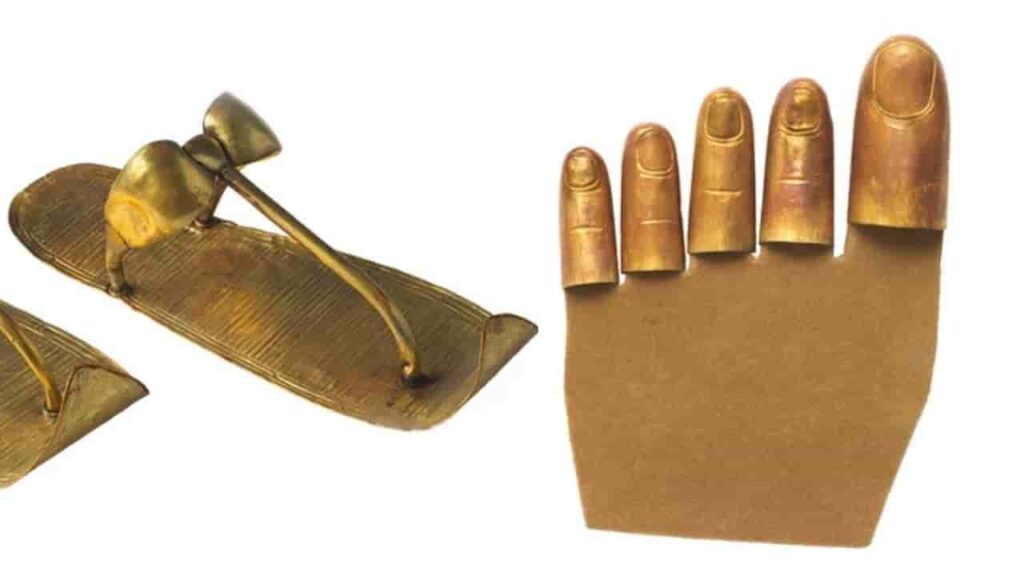
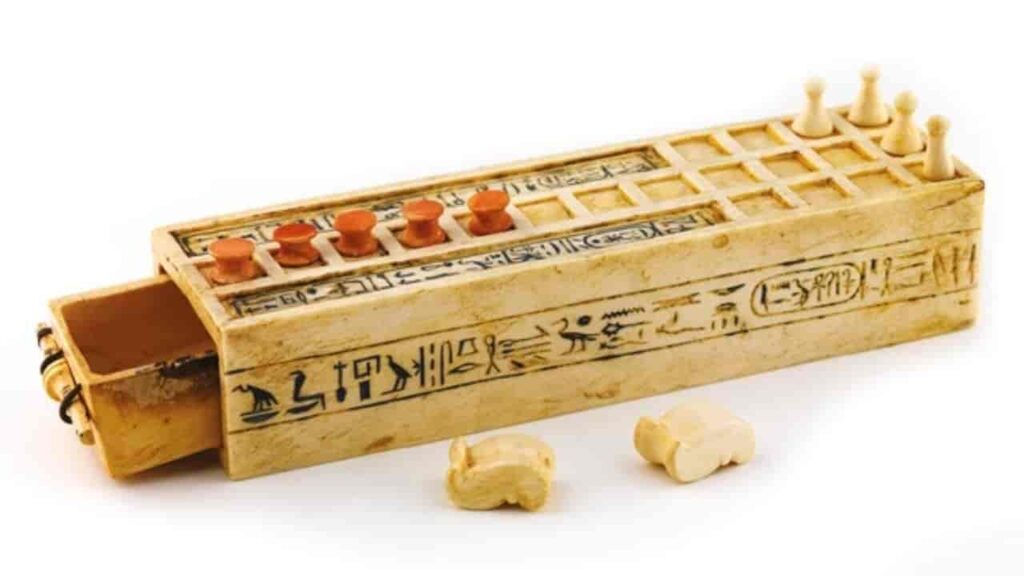
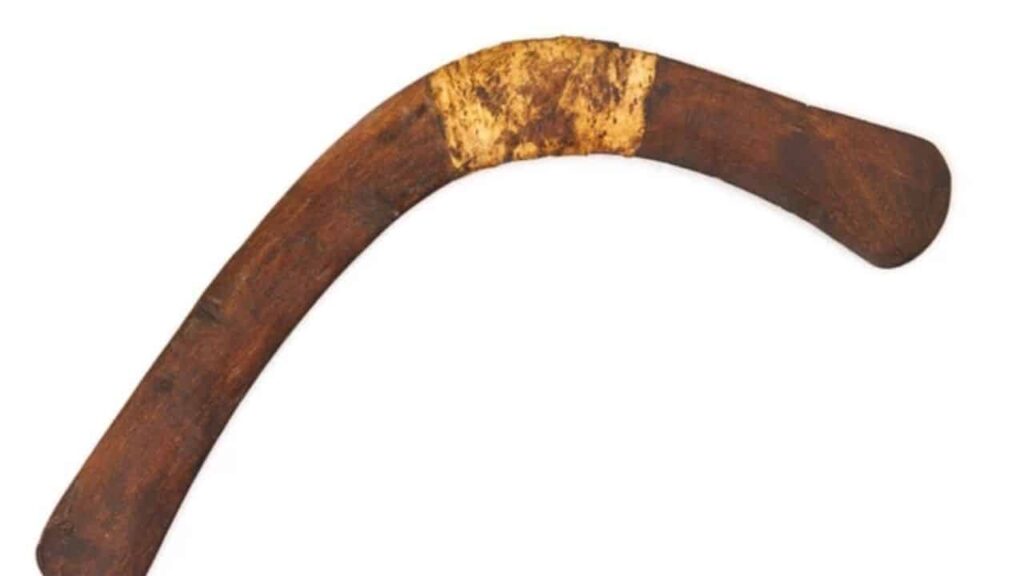
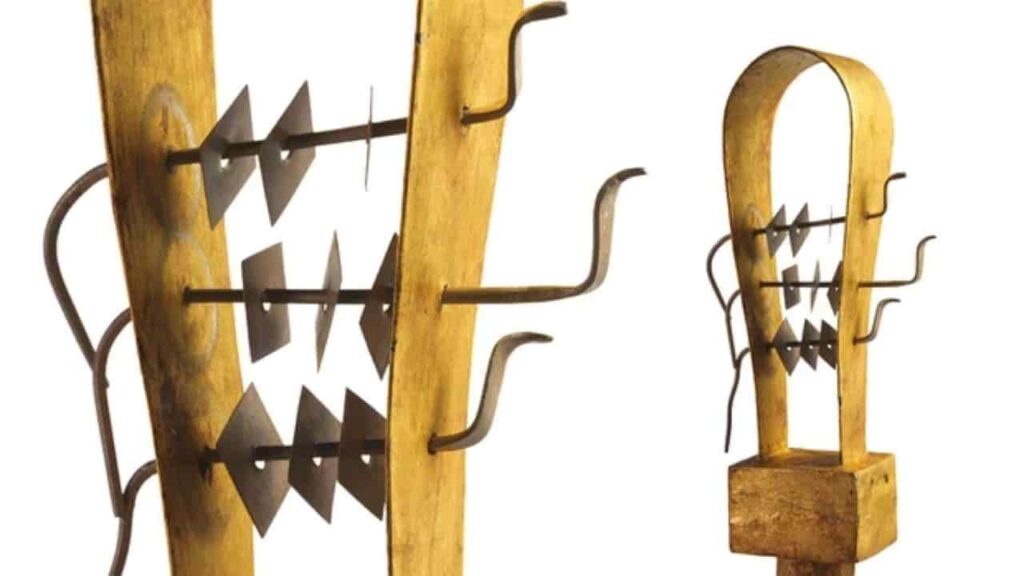
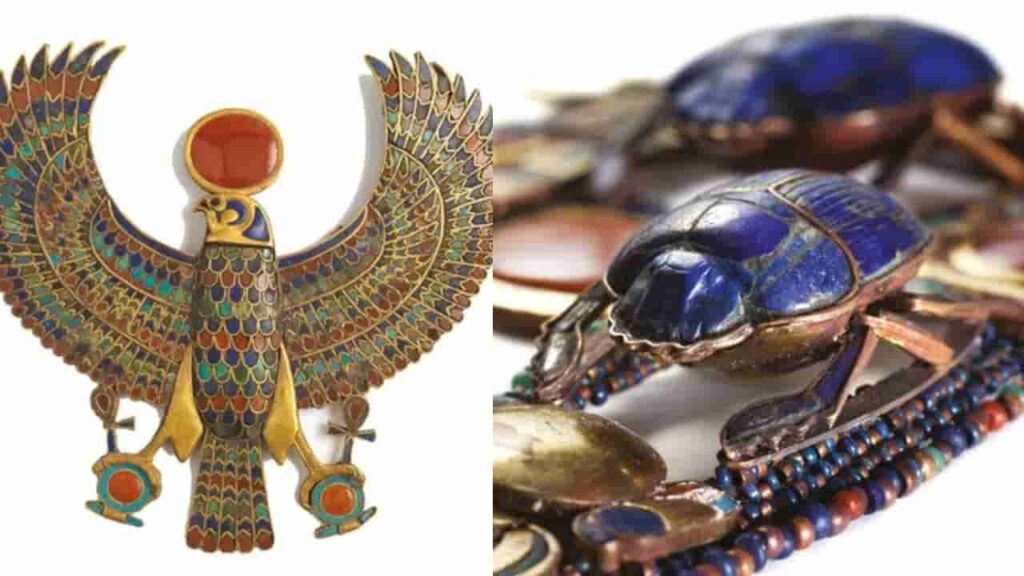
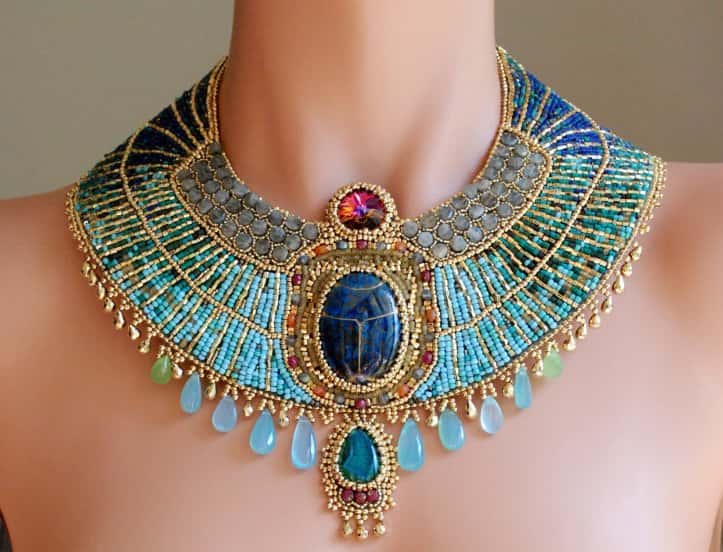

News
Unveiling the Ingenious Engineering of the Inca Civilization: The Mystery of the Drill Holes at the Door of the Moon Temple in Qorikancha – How Were They Made? What Tools Were Used? What Secrets Do They Hold About Inca Technology? And What Does Their Discovery Mean for Our Understanding of Ancient Construction Methods?
In the heart of Cusco, Peru, nestled within the ancient Qorikancha complex, lies a fascinating testament to the advanced engineering prowess of the Inca civilization. Here, archaeologists have uncovered meticulously angled drill holes adorning the stone walls of the Door…
Unveiling the Sun Stone: Aztec Relic from the Reign of Moctezuma II (1502-1520) – What Secrets Does It Hold? How Was It Used? What Symbolism Does It Carry? And What Does Its Discovery Reveal About Aztec Culture?
In the heart of Mexico City, amidst the bustling Plaza Mayor, lies a silent sentinel of ancient wisdom and artistry – the Sun Stone. This awe-inspiring artifact, dating back to the reign of Moctezuma II in the early 16th century,…
Uncovering the Past: Rare 1,000-Year-Old Copper Arrowhead Found – Who Crafted It? What Was Its Purpose? How Did It End Up Preserved for So Long? And What Insights Does It Offer into Ancient Societies?
In the realm of archaeology, every discovery has the potential to shed light on our shared human history. Recently, a remarkable find has captured the attention of researchers and enthusiasts alike – a rare, 1,000-year-old copper arrowhead. This ancient artifact…
Unveiling History: The Discovery of an Old Sword in Wisła, Poland – What Secrets Does It Hold? Who Owned It? How Did It End Up There? And What Does Its Discovery Mean for Our Understanding of the Past?
In a remarkable archaeological find that has captured the imagination of historians and enthusiasts alike, an old sword dating back to the 9th-10th century AD has been unearthed in Wisła (Vistula River) near Włocławek, Poland. This discovery sheds light on the rich…
Unveiling the Hidden Riches: Discovering the Treasure Trove of a Notorious Pirate – Who Was the Pirate? Where Was the Treasure Found? What Historical Insights Does It Reveal? And What Challenges Await Those Who Seek to Uncover Its Secrets?
A group of divers said on May 7 that they had found the treasure of the infamous Scottish pirate William Kidd off the coast of Madagascar. Diver Barry Clifford and his team from Massachusetts – USA went to Madagascar and…
Excavation Update: Archaeologists Unearth Massive Cache of Unopened Sarcophagi Dating Back 2,500 Years at Saqqara – What Secrets Do These Ancient Tombs Hold? How Will They Shed Light on Ancient Egyptian Burial Practices? What Mysteries Await Inside? And Why Were They Buried Untouched for Millennia?
Egypt has unearthed another trove of ancient coffins in the vast Saqqara necropolis south of Cairo, announcing the discovery of more than 80 sarcophagi. The Tourism and Antiquities Ministry said in a statement that archaeologists had found the collection of colourful, sealed caskets which were…
End of content
No more pages to load











